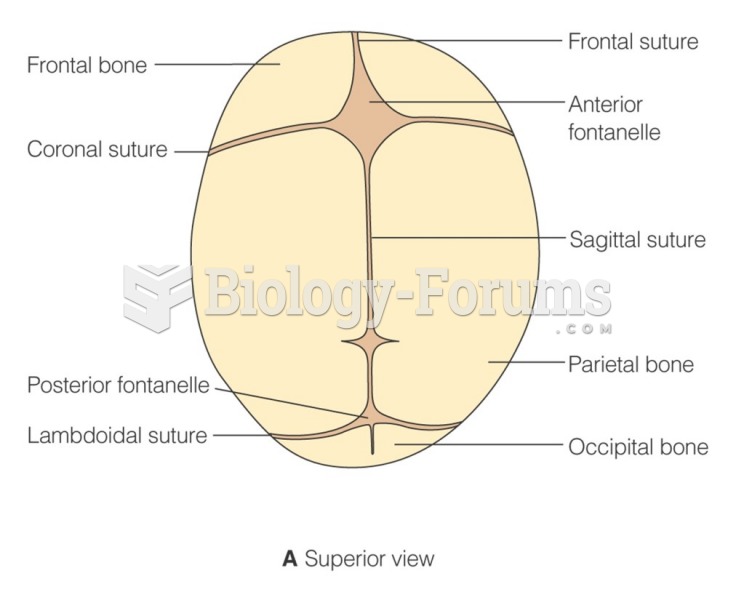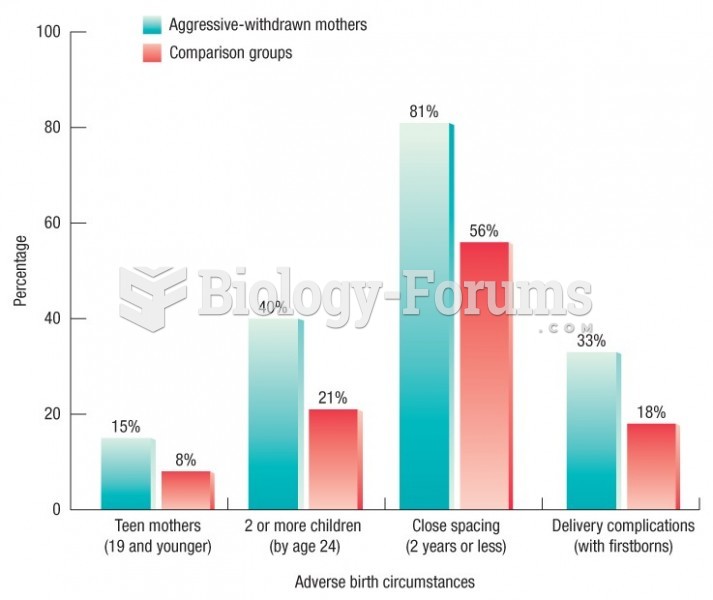|
|
|
There are more nerve cells in one human brain than there are stars in the Milky Way.
Human stomach acid is strong enough to dissolve small pieces of metal such as razor blades or staples.
Glaucoma is a leading cause of blindness. As of yet, there is no cure. Everyone is at risk, and there may be no warning signs. It is six to eight times more common in African Americans than in whites. The best and most effective way to detect glaucoma is to receive a dilated eye examination.
Approximately one in three babies in the United States is now delivered by cesarean section. The number of cesarean sections in the United States has risen 46% since 1996.
When blood is exposed to air, it clots. Heparin allows the blood to come in direct contact with air without clotting.







